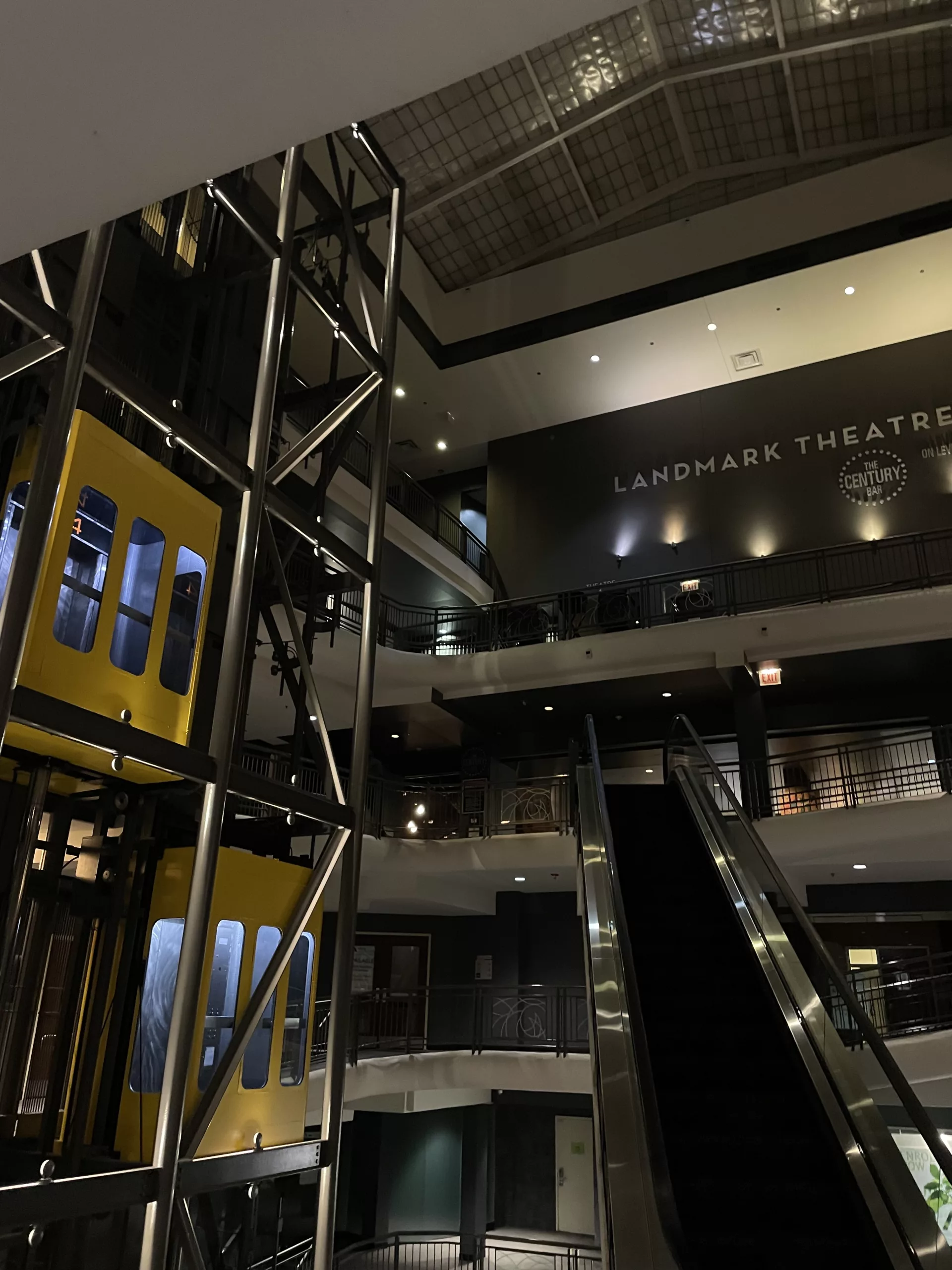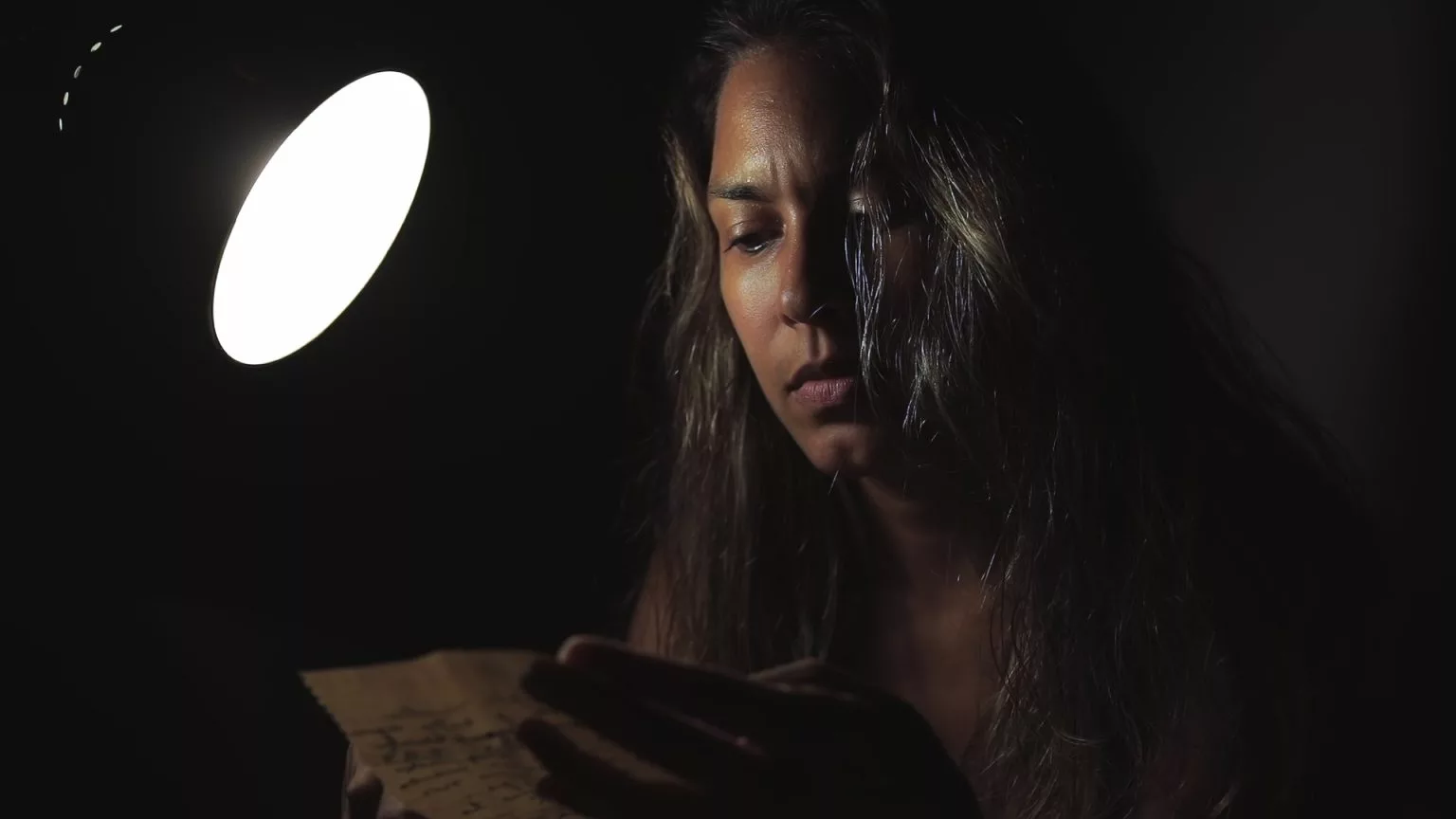Chicago is home to over 40 film festivals—it feels like every year the city introduces another one, providing endless opportunities for cinematic engagement. Despite the third coast often being overlooked by big studios, the City of Broad Shoulders continues to be a leading force for the underdogs of the creative industry. The Chicago Latino Film Festival (CLFF), which is housed at and produced by the International Latino Cultural Center of Chicago, is North America’s longest-running Latino-focused exhibition of films. In its 41st year, its steady growth has brought it to bigger and bolder strategies for programming and garnering more guests.
Like the Chicago International Film Festival, CLFF spans multiple movie venues, and, over its four decades, it has bounced around, now primarily calling the Landmark Century Centre Cinema in Chicago’s Lakeview East neighborhood its home. While the festival hosted its opening and closing night programs at the independent Davis Theater in Lincoln Square, a bit further northwest, The Century (located in a slowly dying shopping center) is a uniquely accessible space. Guests can slowly stroll in a spiral of over 15 ramps on their way to and from screenings or hop in one of the open-concept elevators resembling Six Flags’ The Dark Knight kiddie coaster. This odd, intricate, yet enticing environment further uplifts the intentionality behind the programming; guests are given the space to ponder and reflect on the stories presented to them, space to ask questions and be in dialogue with one another, movie makers, and festival organizers.
Between screenings, I mosey over to the cinema’s spacious lounge filled with guests, filmmakers, and festival volunteers/staff connecting and conversing. I often spoke with the festival’s Communications and Press Manager (and Chicago Film Critics Association Board Member), Alejandro Riera, whose kindness and passionate dedication exemplify the festival’s welcoming atmosphere. In previous years, programming was typically announced only two weeks before the festival; this year, the program was previewed 4 weeks before opening night. Letting the excitement linger a little longer can be beneficial in a world where calendars get busy weeks to months in advance. With Camila Bernardo’s striking and fluid poster design, the memorable visual encapsulates the festival’s emphasis on supporting filmmakers and their craft.

In addition to the festival’s physical accessibility, the linguistic experience was also extremely accessible. Each screening offered English subtitles, and Q&As would bounce between Spanish and English, providing translation for whoever needed it. The audience also mirrors the diverse Latino (I think maybe we should go with the appellation used in the fest, although I understand how that can be confusing) diaspora being represented on screen; this intergenerational and intercultural mixing amplified the festival’s purpose and reach of showcasing deep yet relatable films.
From the films I was fortunate enough to catch during the festival’s first five days, there were a few standout themes: the honor of aging and one’s lineage, the quickly evolving climate crisis, and the impact of changing and increasingly strict government rulings. An absolute standout and exquisite aspect of CLFF’s programming was the pairing of a short film with a full feature. As a critic with a deep appreciation for programming, I have always longed for local and independent cinemas to platform emerging filmmakers by playing their shorts ahead of the big picture, as a warm-up for what’s to come. CLFF executes this flawlessly.
With a plethora of films to pick from, I curated my personal program to capture as much of the diaspora as possible. From the comfort of the cinema, I traveled to Brazil, Colombia, Paraguay, Mexico, the Dominican Republic, Cuba, and more. The Costa Rican surrealist drama-documentary “Memories of a Burning Body (Memorias de un cuerpo que arde),” from filmmaker Antonella Sudassassi Furniss, was preceded by Catalina Torres’s “Come Again One Day (Volver un día)” from Uruguay. These perfectly paired films investigate semi-fictional depictions of grandmothers and other elderly women who reflect on their past relationships and how that relates to their understanding of their desires and sense of self.

“I Am My Grandma’s Granddaughter (Nieta de mi abuela)” from the Dominican documentarian Tatiana Fernández Geara followed the Brazilian short “First Person (Primeira Pessoa)” by Jaciara Rocha. Both films center the female lead as they reflect and explore their personal and social identity and its impact on how they connect with others. Other films, like “We Shall Not Be Moved (No Nos Moverán)” by Mexican director Pierre Saint-Martin Castellanos, which was paired with the Guatemalan short “Apocalíptica,” by Diego Oliva Tejeda, provided a stark juxtaposition to the contemplative exposés on human connection. These two dramas showcase the personal, familial ramifications of living through a military state; while integrating the theme of identity, they also incorporate more socio-cultural experiences.
Filmmakers remained candid about their success and struggles with distribution, and the organizers remain acutely aware that many of the movies may only have this one opportunity to be shown on the big screen here in Chicago. While there are undertones of scarcity within this likelihood, there is also a reinforcement of the beauty and access that film festivals provide to their communities and filmmakers.
To learn more about the Chicago Latino Film Festival and its satellite programming, check out the International Latino Cultural Center of Chicago.








